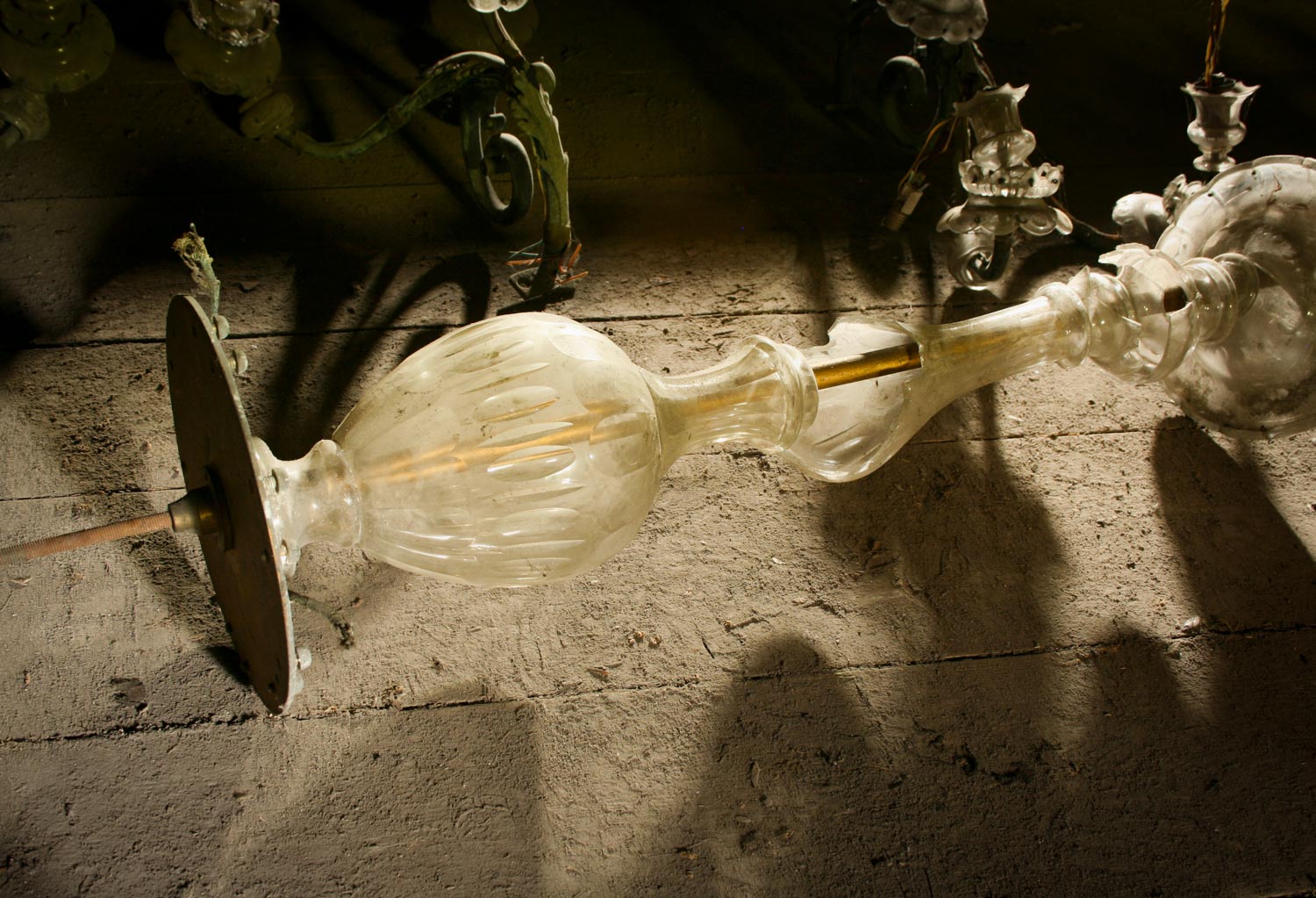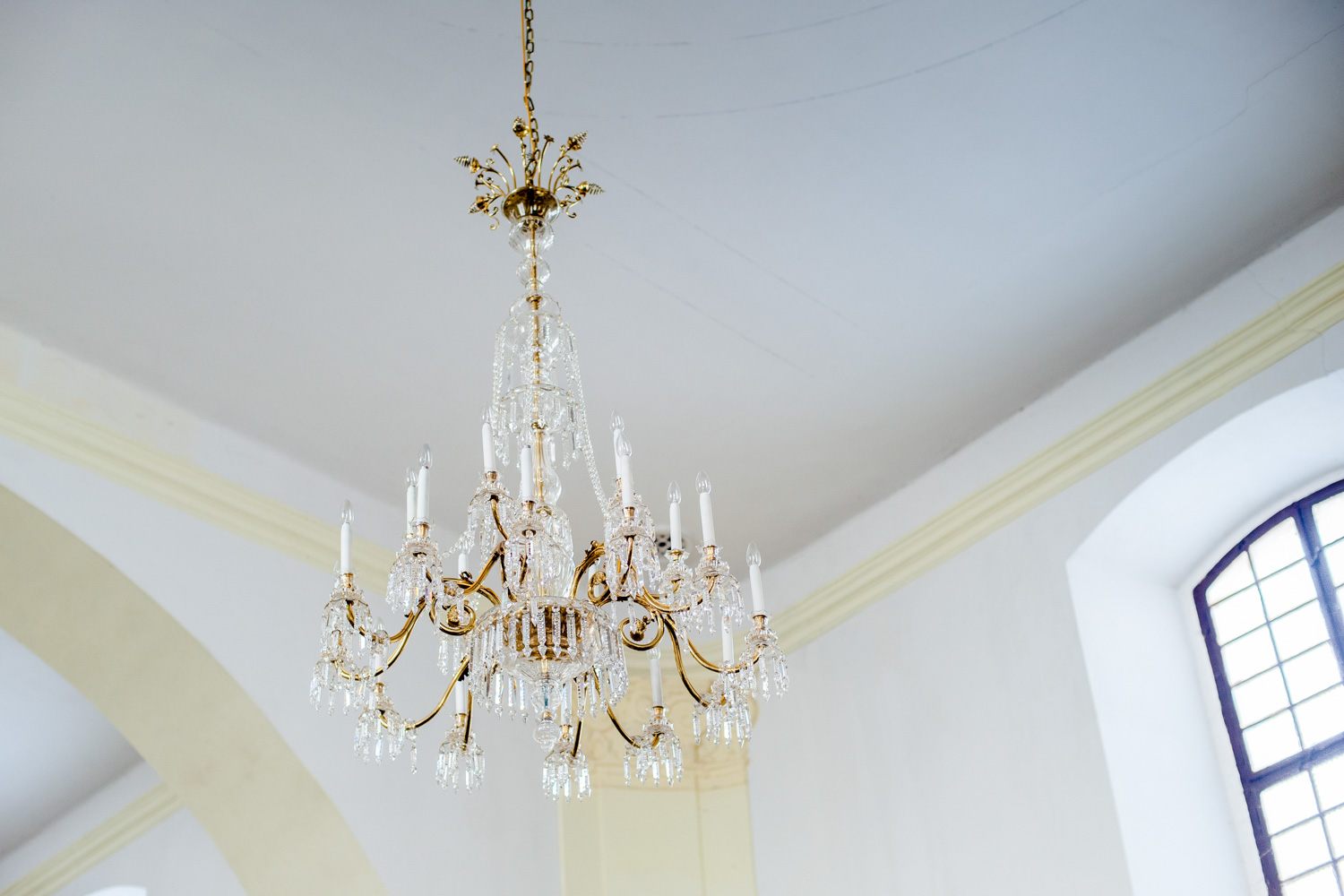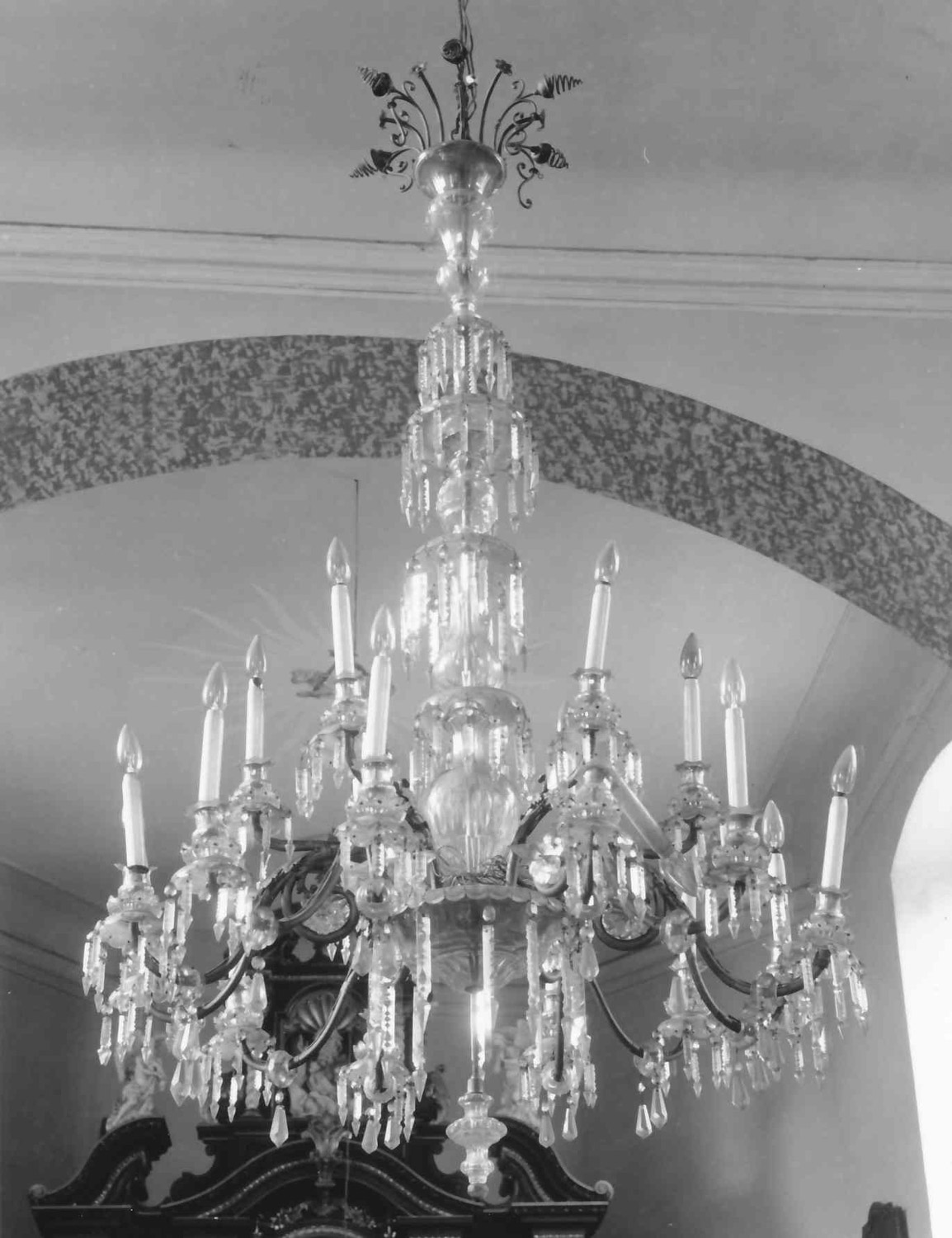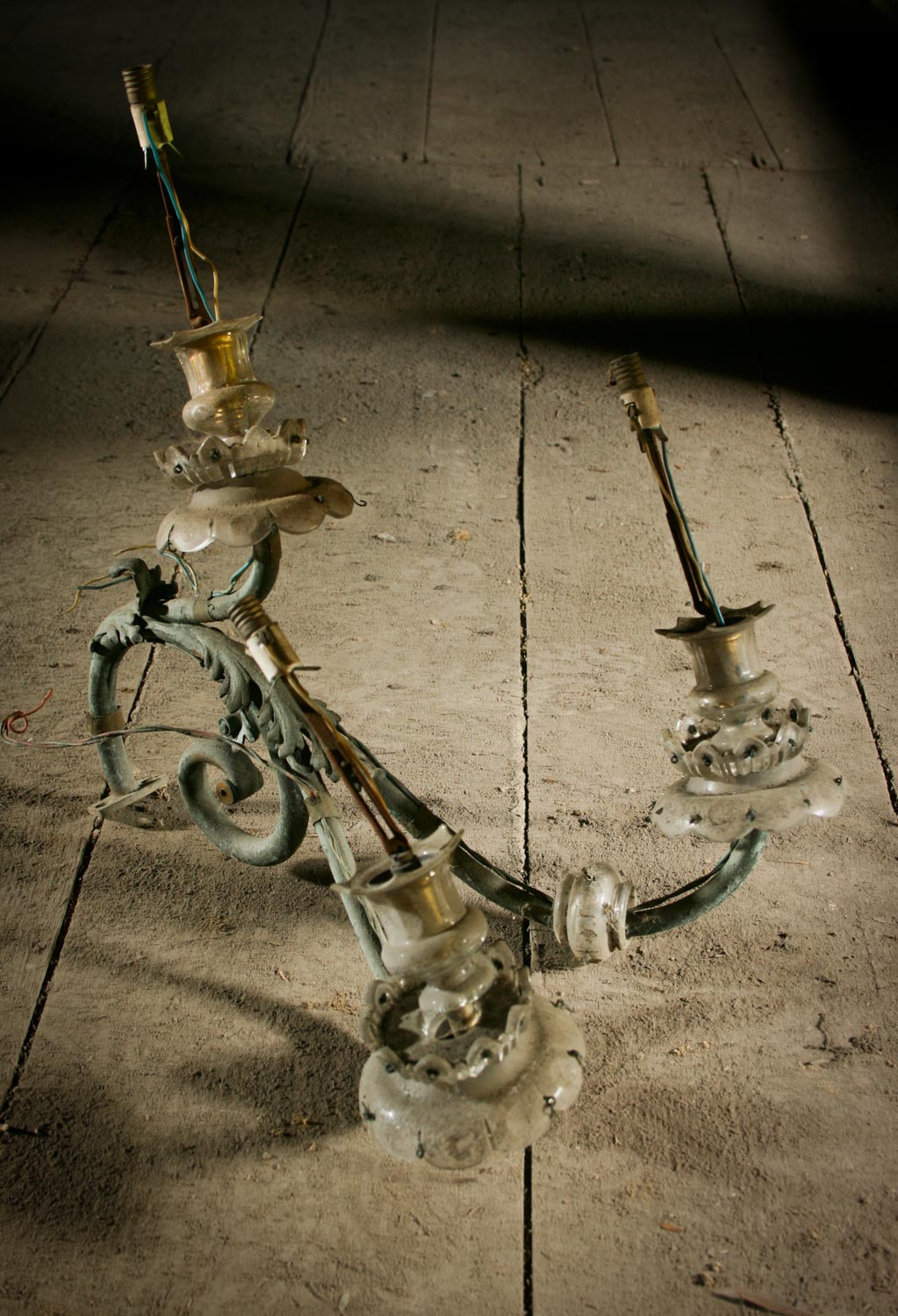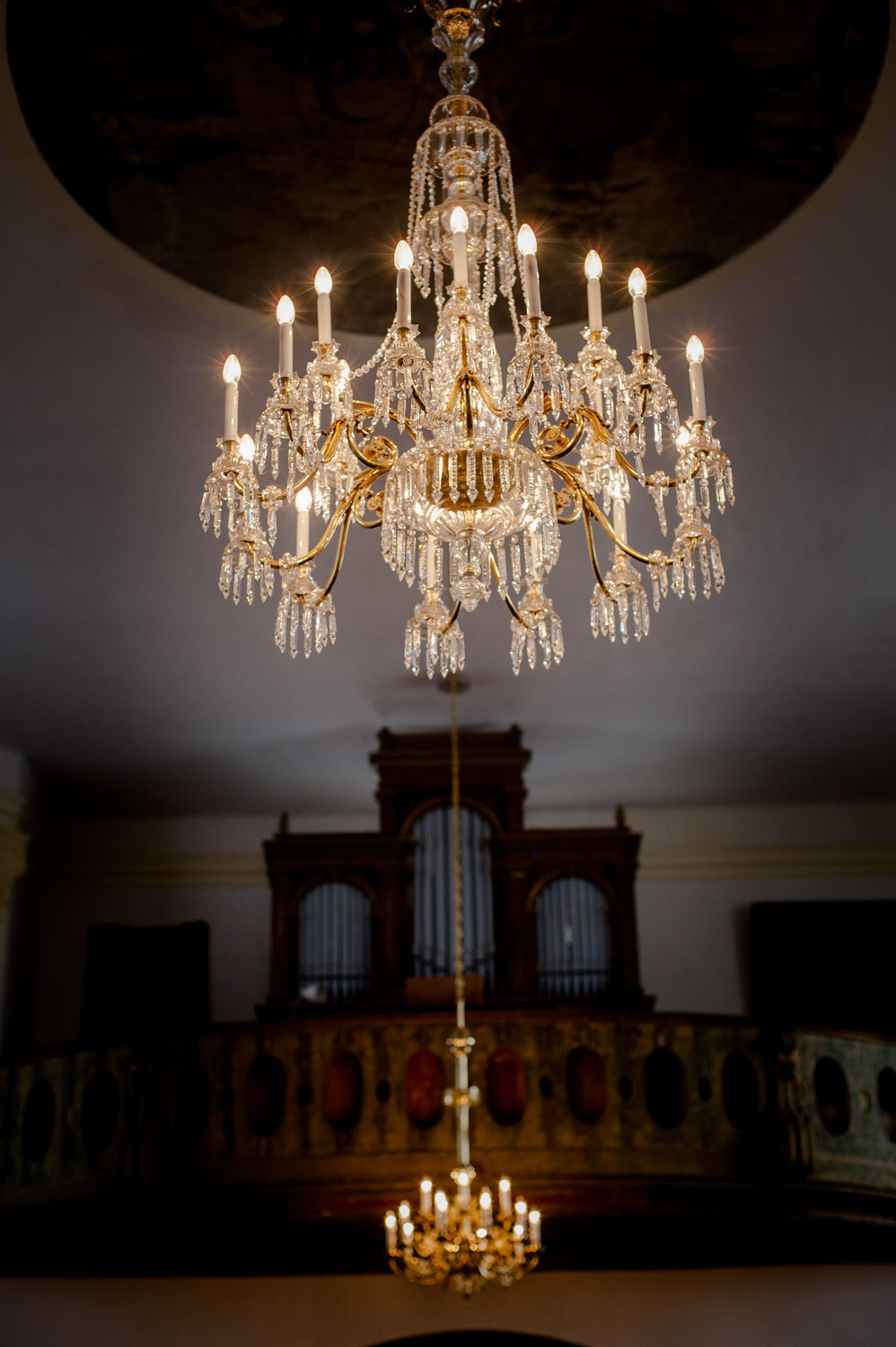Restoration of lighting fixtures as a responsibility to our heritage
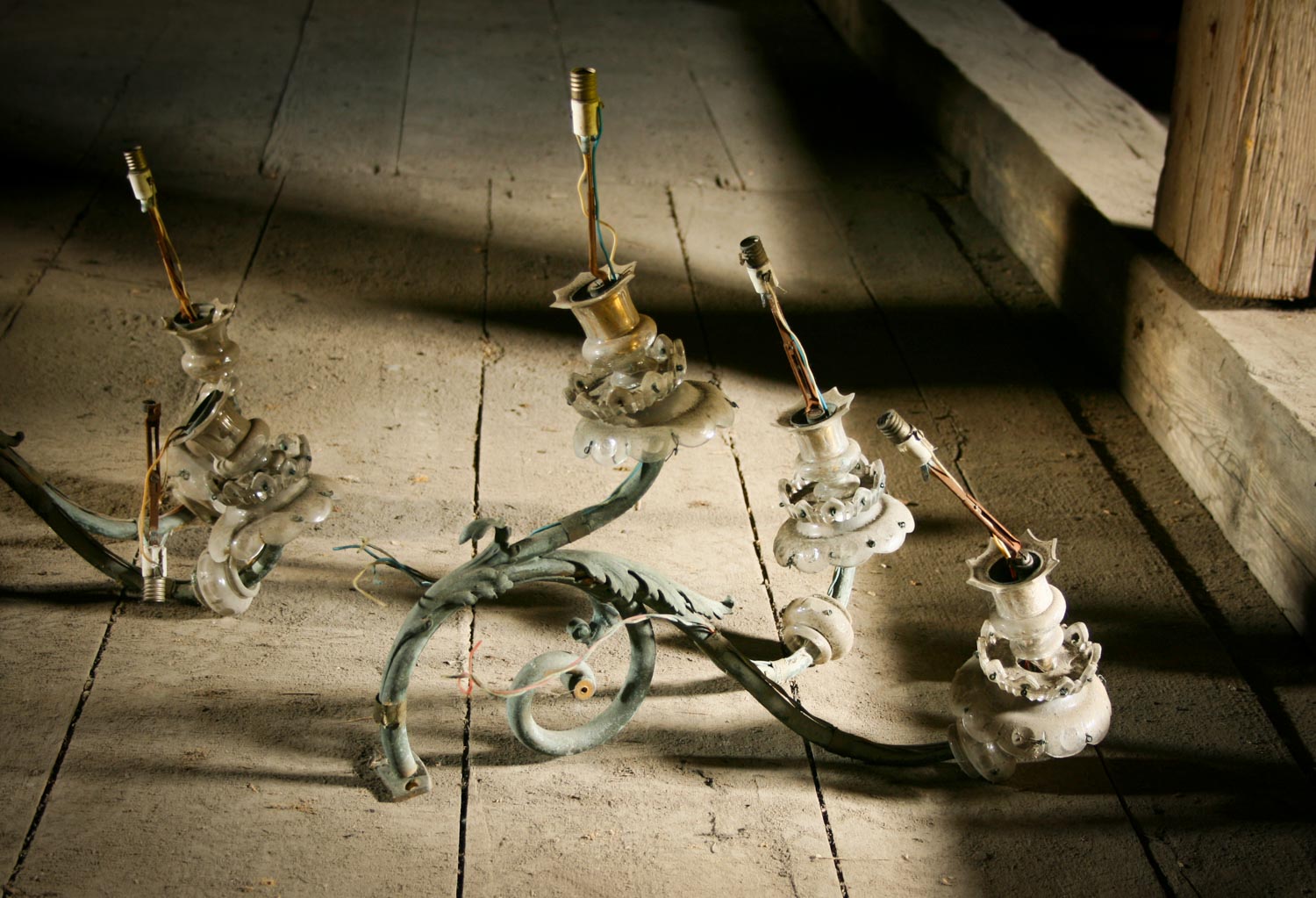
Works of art, historical monuments and antiques are subject to the influence of time and natural processes as well as frequent human interventions and unprofessional restoration and improvement. In our company, we consider it our obligation to help restore these works created with the hands of our ancestors. We build on tradition, preserve heritage and feel responsible for upholding the cultural legacy in our field.
Let’s first clarify the difference between restoration and refurbishment.
Restoration is the process of saving or professionally repairing a work of art in order to restore the original condition of the object without any improvement. This is done using exclusively original technologies and materials. Restoration is most frequently used in the case of works of art or antiques that have been damaged over time.
The process of refurbishment is based on returning the previously used product to its original state or a condition even better than when first made. Unlike restoration, the object is often improved using modern technologies and the use of original materials is not required.
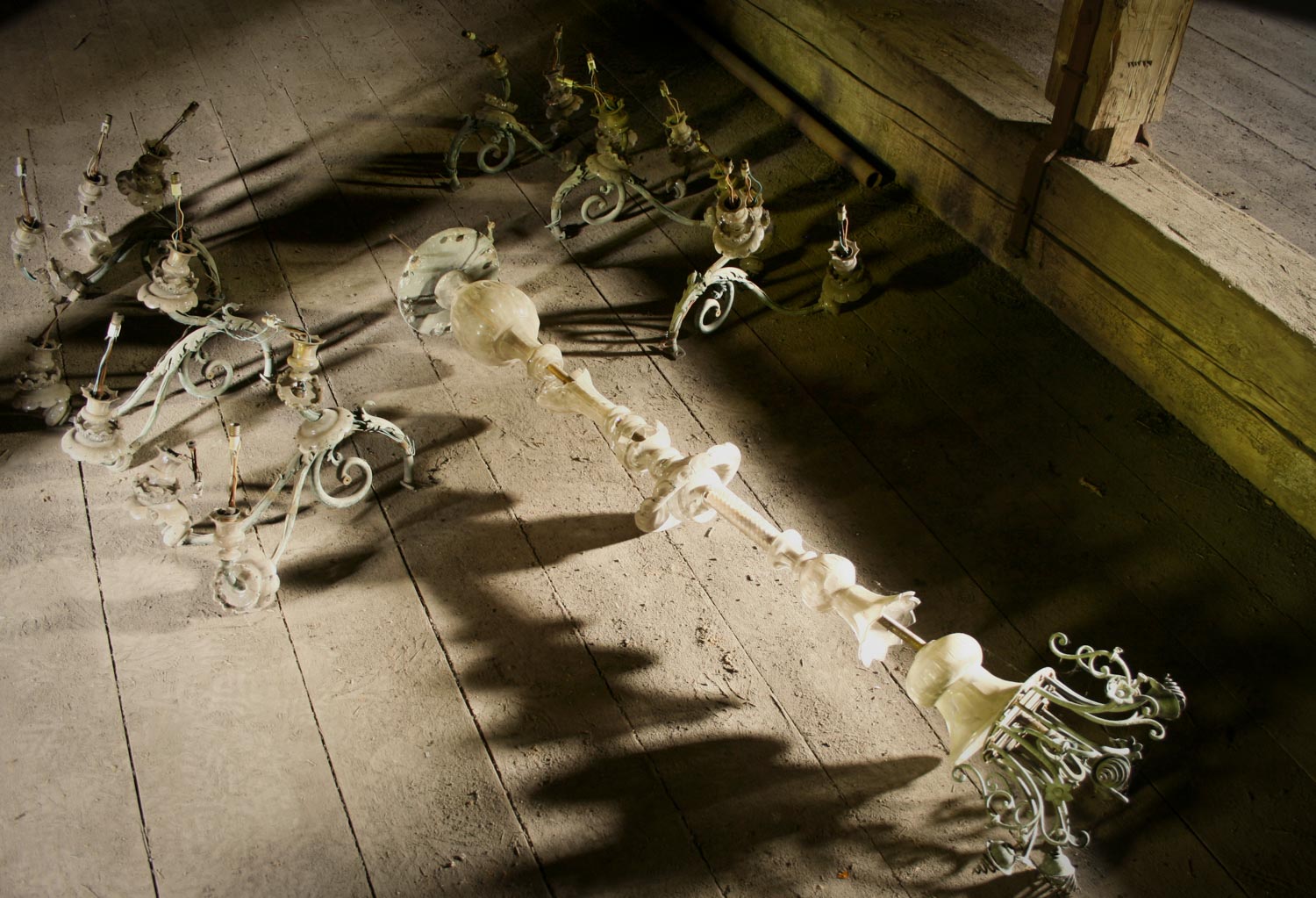
Let's take a closer look at the process of restoring a historical monument.
The primary step in the process is the documentation of the existing monument and the creation of a restoration plan. First, we need to acquire as much information as possible to get a comprehensive overview of how to properly plan the exact process of restoration work. Examples of the basic data we collect are the location, the register number of the building in which the monument is located, the original name of the monument and the register number of the restored monument.
Obtaining a detailed description of the monument is absolutely essential. It allows us to work within historical contexts in terms of craft technologies, use of materials and design processing. Unfortunately, the number of expert craftspeople in the Czech Republic is very low in this field.
In the next step, the documented condition of the monument will help us draw up the exact procedure of restoration work included in the concept of the restoration plan.
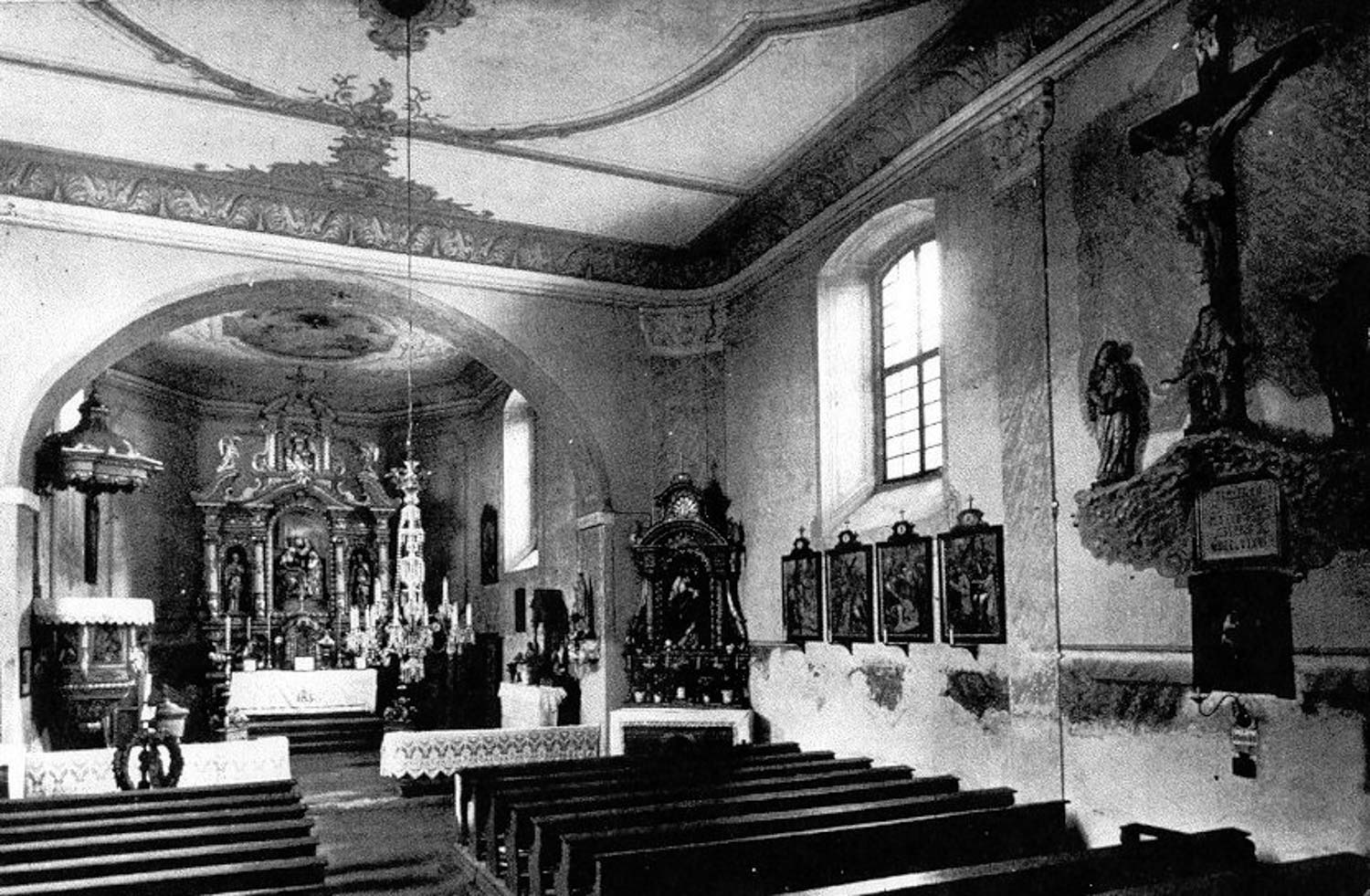
For instance, when working with metal parts covered with surface layers, it must be decided which newer layers are to be removed. After the eventual removal of newer layers, it is our job to fixate or restore the original surface, including the original veneer.
In metallic materials (such as bronze or brass), corrosion is a common occurrence, even though its extent
may not be obvious at first glance. In such cases, it is necessary to avoid chemical agents for cleaning surfaces.
Their use can have fatal consequences and irreversibly damage individual parts of the chandelier frame. To find out
the extent of corrosion or possible newer layers of surface treatment covering the original work, a probe is always
necessary.
The following photographs show that the materials have been cleaned and preserved without any
damage done to them.
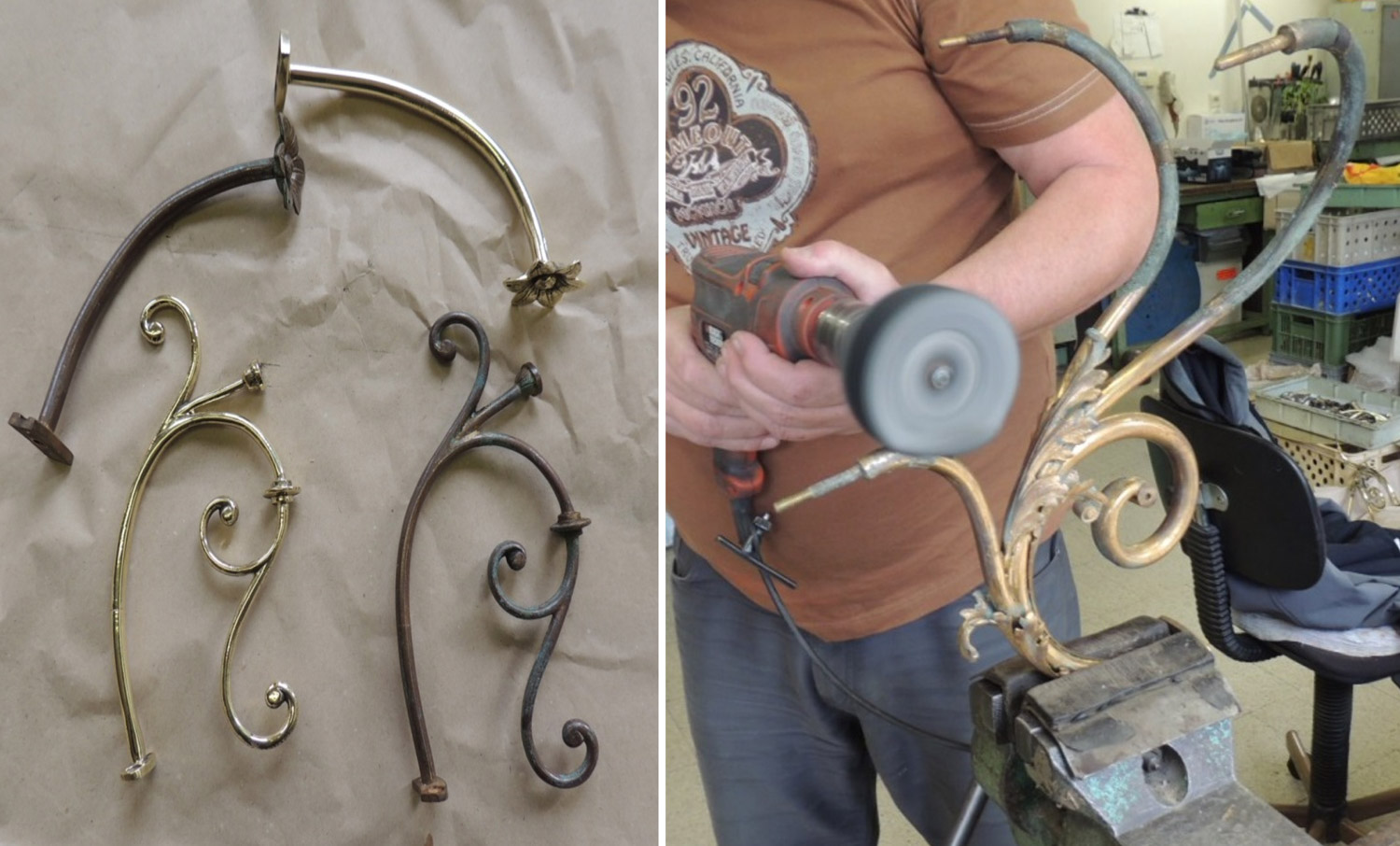
Let’s not forget about glass components. Missing parts are supplemented with new ones, in which the colour must be adjusted so that they copy the originals degraded over time by oxidation as faithfully as possible, and thus do not disturb the visual perception of the historical object. However, all new parts should be created using original technologies and materials. If the original glass elements have been preserved, it is necessary to proceed with a thorough cleaning process and subsequent installation back to their original place.
As an example of a successful project, we enclose photographs of a 19th century chandelier located in Church of St Anne in Tisa, made in Kamenický Šenov. Fragments of the chandelier were found in a horrendous state in the attic of the church. Thanks to systematic work, historical photographs of the lighting fixture in the interior of the church were obtained, and the original skeleton of the chandelier was assembled.
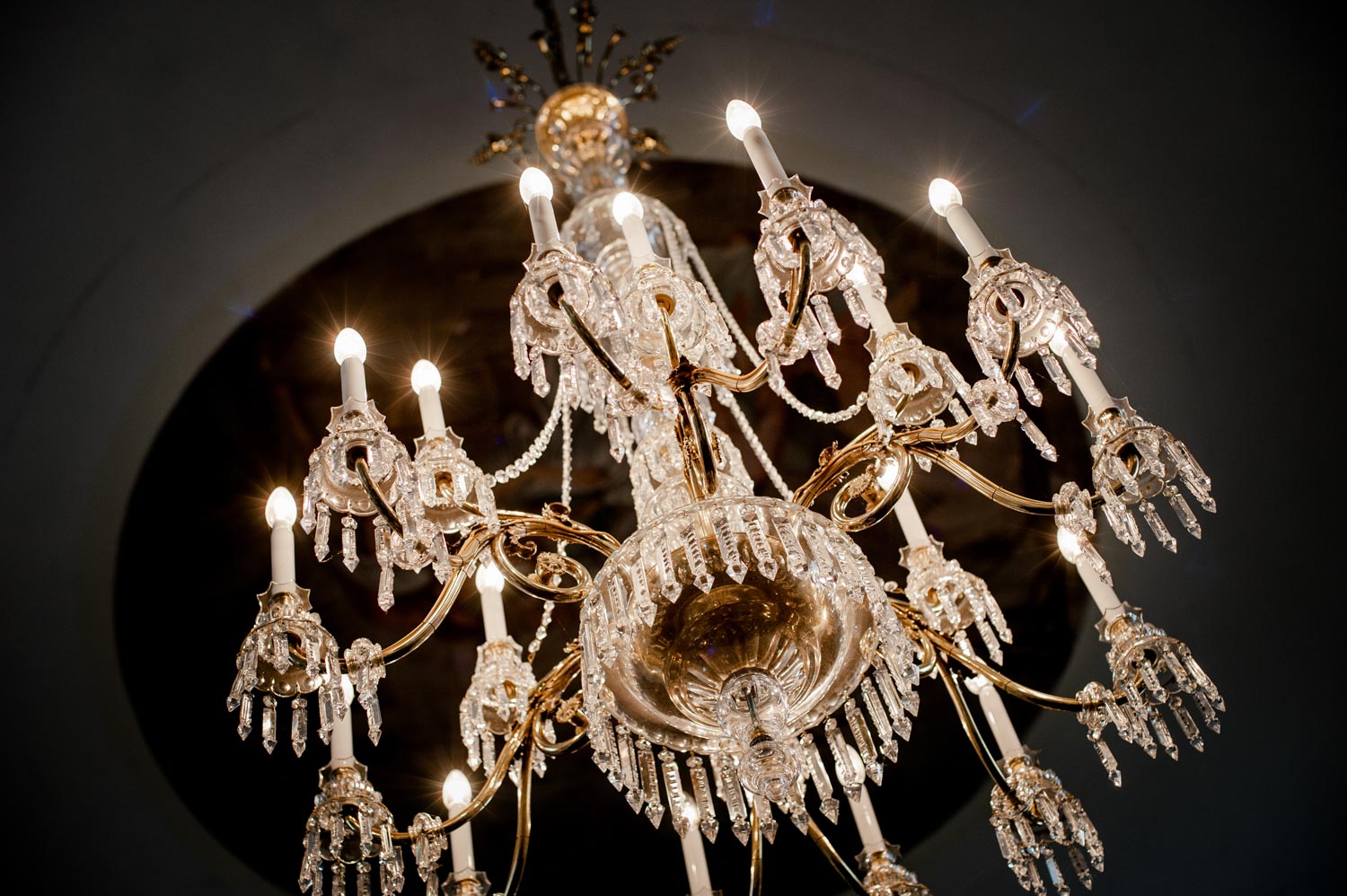
Each lighting fixture restoration project must be approached individually. The sensitivity in the restoration approach depends on the type of the object, the materials and their processing. However, it is imperative that the restoration process be carried out by experts who, using their their knowledge, choose the most appropriate procedure and are able to bring life back to these important works of glassmaking history.
Author: Jaroslav Bejvl
Gallery
